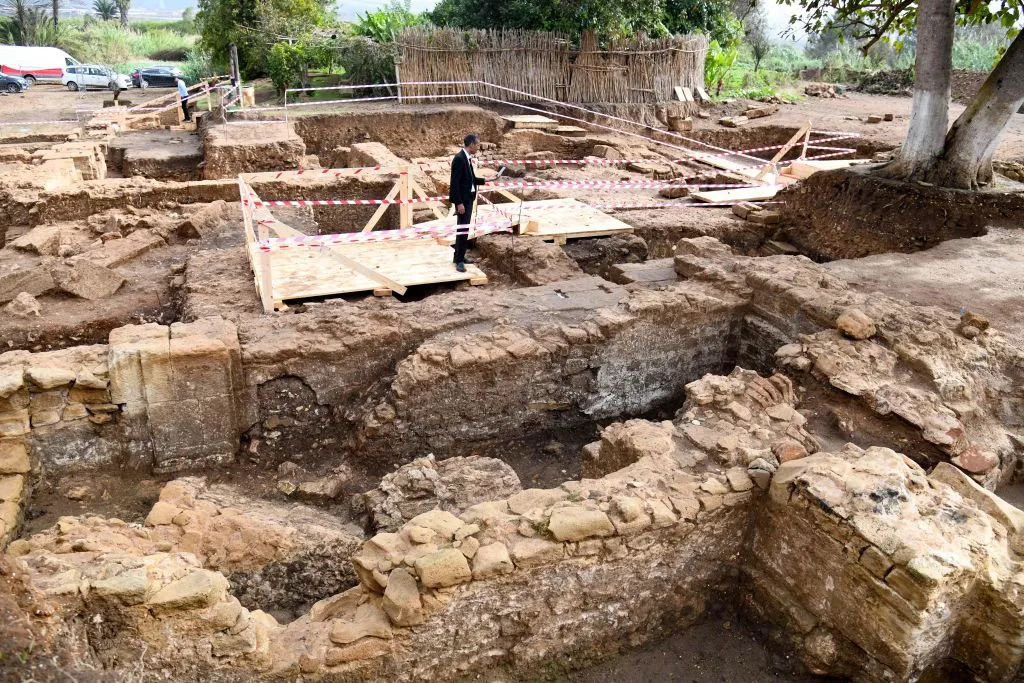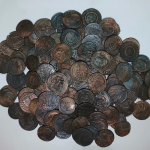
Ancient ruins believed to be a port city near present-day Rabat have been identified by archaeologists who discovered thermal baths and working-class neighborhoods, the Associated Press reported on Friday.
Researchers from the National Institute of Archaeological Sciences and Heritage of Morocco presented these finds from Chellah, a 1.2-square-mile UNESCO world heritage site, on Friday. Nearly five times larger than Italy’s Pompeii, the country hopes to bring tourists and scholars to the site in the future.
Believed to be first settled by the Phoenicians, Chellah became a ket outpost for the Roman Empire between the second to fifth centuries. There, along the banks of the Bou Regreg river near the Atlantic Ocean, a fortified necropolis and surrounding settlements were erected. Bricks inscribed with a neo-Punic language, predating Roman settlement in the country, have been identified.
Archaeologists resumed work in March, following pandemic-related closures at the main excavation site. Since then, they have been expanding the footprint of the site. Though they have yet to unearth the port itself, archaeologists believe that Chellah was likely an important trading hub for Italian marble and African ivory.
Recent excavations include the discovery of a statue of a woman who was possibly a deity or empress draped in cloth—the first of its kind found in Morocco since the 1960s—as well as a limestone and sunbrick neighborhood.
Since the excavations began this year, Morocco’s youth, culture, and communication department has invested $487,000 (€455,000), which they plan to double next year and in subsequent years until the excavations are done.


